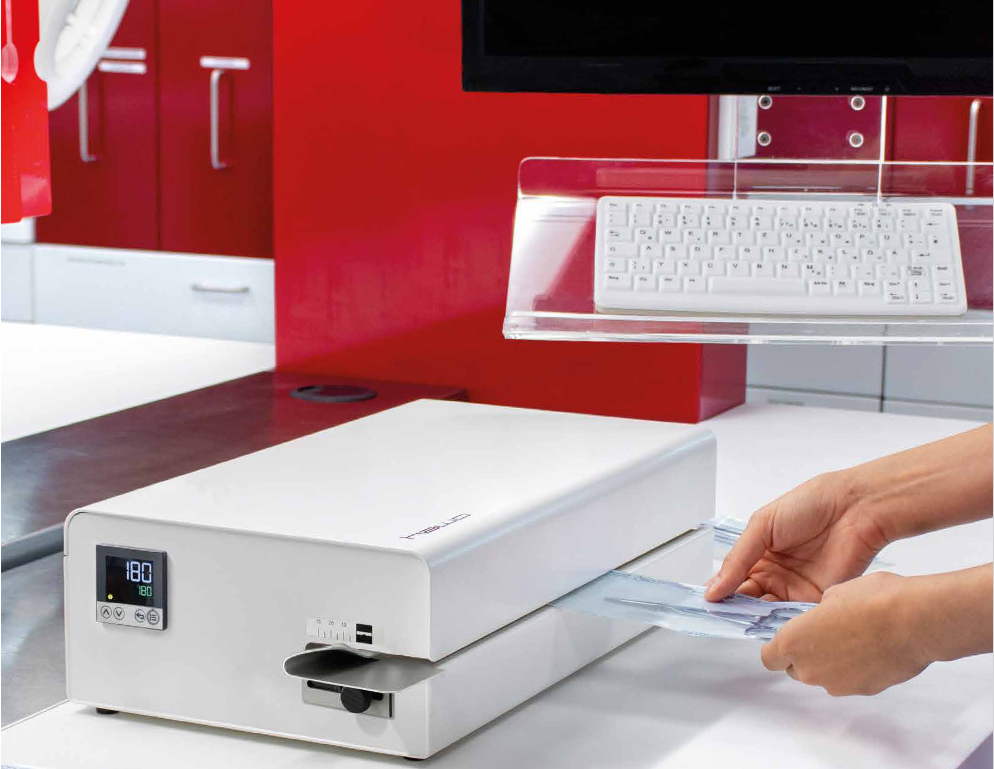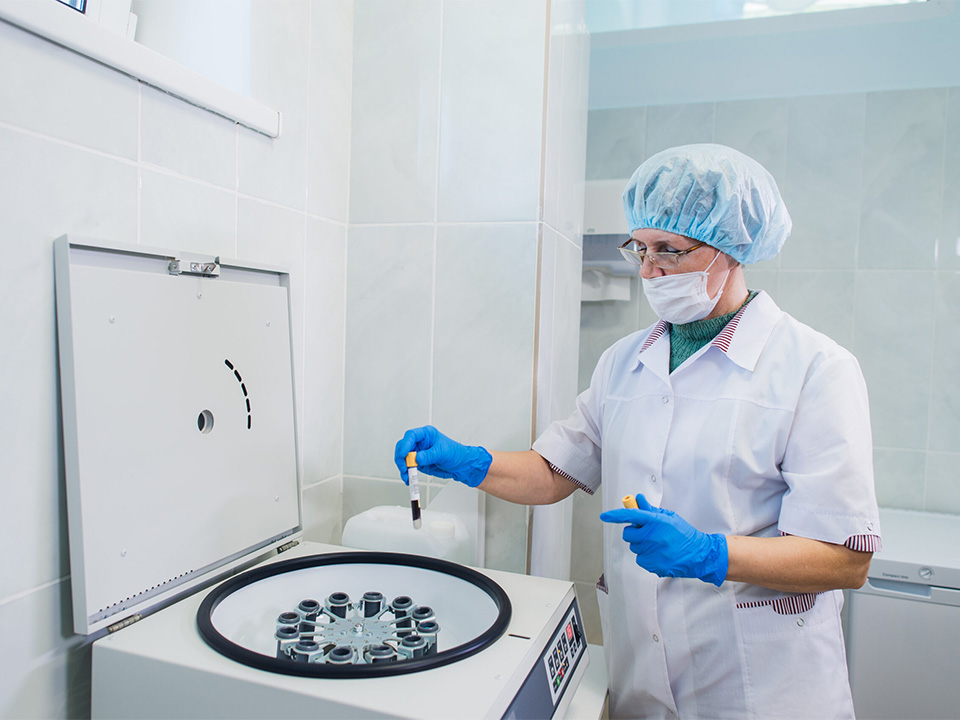A recent TV programme on Channel 4 called How to Build a Human focused on the development of Artificial Intelligence and showed how robots are becoming ever more advanced. In the future, it is highly likely that robots, particularly intelligent ones, will feature more and more in our daily lives. In the same way that a car replaced the horse and cart as a mode of transport, we will probably see robots gradually replacing humans in the medical sector.
Using robots in surgery
The design and development of robots for use in the medical sector is one of the fastest growing sectors in the medical devices industry. Robots like the da Vinci by Intuitive Surgical is a good example of how surgical robots have developed. Da Vinci is able to carry out surgical procedures with great precision, much more accurately than a human. The technology recently proved its worth, when this year, we saw the world’s first heart transplant patient undergo a robotic hysterectomy.
As the demands for super-efficient, cost effective hospitals increases, so too does the demand for robotics. By eliminating humans, one can decrease the wage bill (a top surgeon can earn anything between £75,000 to over £100,000 per annum) and improve accuracy in surgical procedures.
The development of special surgical robots to be used for simple surgical, non-invasive procedures is increasing. Although we are some way off from robotics being in mainstream use, we are seeing major innovations and breakthroughs in the technology. These breakthroughs could mean that robotic devices used in hospitals could be commonplace in the future. Technology is advancing which is improving safety and efficiency as well as reducing costs. There will come a time in the not so distant future that it will reach a tipping point and will become the standard surgical practice.
In some ways, this is a good thing. After all, robots can perform much more precise surgery than simple hand-eye co-ordination. However, many of these surgical robots are too costly to purchase and maintain and they take up a lot of space in the theatre. However, just like the mobile phone, which began life as a physically large and expensive device, we will see surgical robots become smaller and cheaper in the future.
So does this mean that 20 years from now we will all be operated on by a team of robots and thus choosing a career as a surgeon now is ultimately ill-fated? Well, not exactly. Experts believe that robots will instead assist surgeons rather than replace them. However, nobody can be sure what the future will really hold.
Other uses of robotics in the medical field
It is not only within the surgical setting that we are seeing the introduction of robots. Robots are starting to be used in laboratories and other areas of the hospital as well.
Hettich have released a range of centrifuges specifically designed to work with robotics. They are different from regular centrifuges because they use what is called a stepper motor. This means the motor can move in very precise bursts, moving each bucket around one by one, allowing the robot to introduce or remove samples.
There are also disinfection robots such at the X4 by Xenex which can be used to disinfect a whole room in a matter of seconds. This germ zapping robot uses ultraviolet light technology to kill any bacteria in an empty room. This system has been used extensively with known Ebola patients in hospitals.
Potential barriers to the success of robotics
Apart from the obvious cost barrier and the physical size of current devices, there are a number of other factors that will determine how successful the integration of medical robotics will be. Training will be a key issue. It is not simply enough to have a robot, but people actually need to be adequately trained to be able to use these robotic systems.
Technical support will also be crucial. At the moment, there is a skills gap in the UK of technical people and even bigger gap in the number of people who understand how to service, repair and care for robotic devices. Colleges and universities across the land will have to introduce courses that can train the robotic technicians of the future.
There are many barriers to overcome. At the moment, we don’t know exactly how much a part of our lives robots will become. However, one thing is for sure: the world of robotics is an exciting one and it will be interesting to see how it develops in the medical sector.






